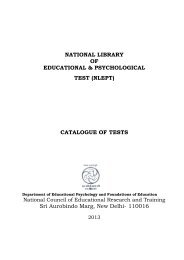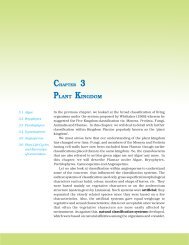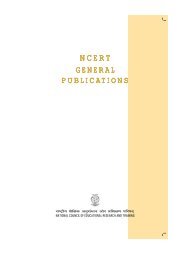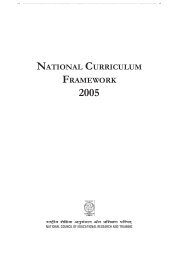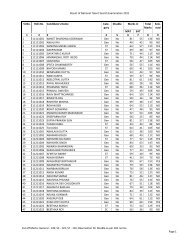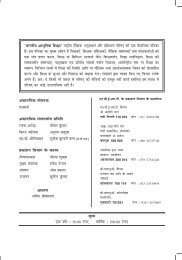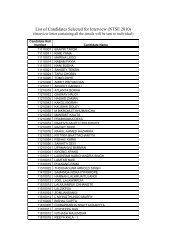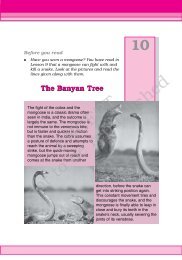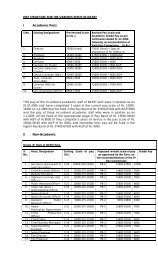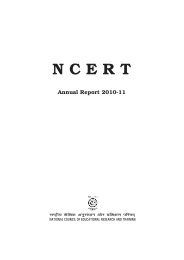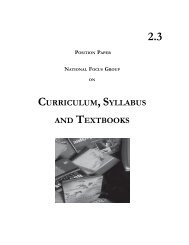Chap-03 discovering tut - National Council Of Educational Research ...
Chap-03 discovering tut - National Council Of Educational Research ...
Chap-03 discovering tut - National Council Of Educational Research ...
You also want an ePaper? Increase the reach of your titles
YUMPU automatically turns print PDFs into web optimized ePapers that Google loves.
26 HORNBILL<br />
ancient Egypt. The new pharaoh promoted the worship of the<br />
Aten, the sun disk, changed his name to Akhenaten, or ‘servant<br />
of the Aten,’ and moved the religious capital from the old city of<br />
Thebes to the new city of Akhetaten, known now as Amarna. He<br />
further shocked the country by attacking Amun, a major god,<br />
smashing his images and closing his temples. “It must have been<br />
a horrific time,” said Ray Johnson, director of the University of<br />
Chicago’s research centre in Luxor, the site of ancient Thebes.<br />
“The family that had ruled for centuries was coming to an end,<br />
and then Akhenaten went a little wacky.”<br />
After Akhenaten’s death, a mysterious ruler named<br />
Smenkhkare appeared briefly and exited with hardly a trace.<br />
And then a very young Tutankhaten took the throne — King<br />
Tut as he’s widely known today. The boy king soon changed his<br />
name to Tutankhamun, ‘living image of Amun,’ and oversaw a<br />
restoration of the old ways. He reigned for about nine years —<br />
and then died unexpectedly.<br />
Regardless of his fame and the speculations about his fate, Tut is<br />
one mummy among many in Egypt. How many? No one knows. The<br />
Egyptian Mummy Project, which began an inventory in late 20<strong>03</strong>,<br />
has recorded almost 600 so far and is still counting. The next phase:<br />
scanning the mummies with a portable CT machine donated by the<br />
<strong>National</strong> Geographic Society and Siemens, its manufacturer. King Tut<br />
is one of the first mummies to be scanned — in death, as in life, moving<br />
regally ahead of his countrymen.<br />
A CT machine scanned the mummy head to toe, creating<br />
1,700 digital X-ray images in cross section. Tut’s head, scanned<br />
in 0.62 millimetre slices to register its intricate structures, takes<br />
on eerie detail in the resulting image. With Tut’s entire body<br />
similarly recorded, a team of specialists in radiology, forensics,<br />
and anatomy began to probe the secrets that the winged goddesses<br />
of a gilded burial shrine protected for so long.<br />
The night of the scan, workmen carried Tut from the tomb in<br />
his box. Like pallbearers they climbed a ramp and a flight of<br />
stairs into the swirling sand outside, then rose on a hydraulic<br />
lift into the trailer that held the scanner. Twenty minutes later<br />
two men emerged, sprinted for an office nearby, and returned<br />
with a pair of white plastic fans. The million-dollar scanner had<br />
quit because of sand in a cooler fan. “Curse of the pharaoh,”<br />
joked a guard nervously.



